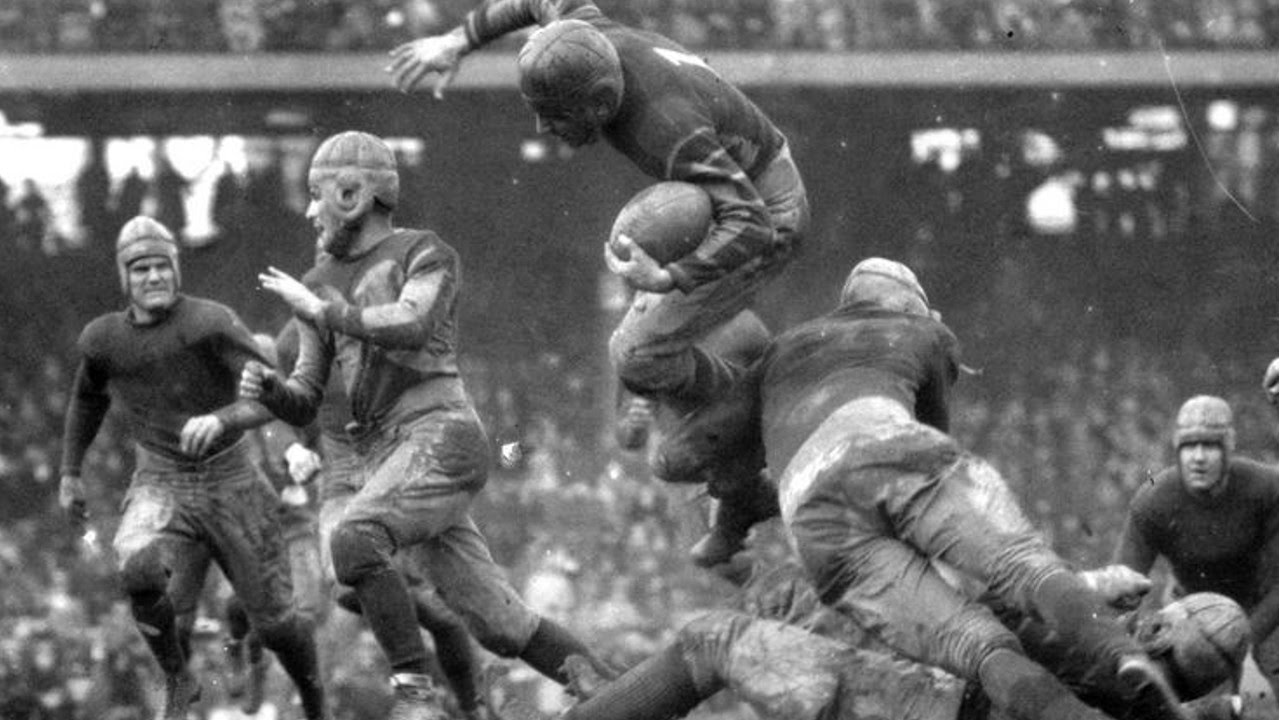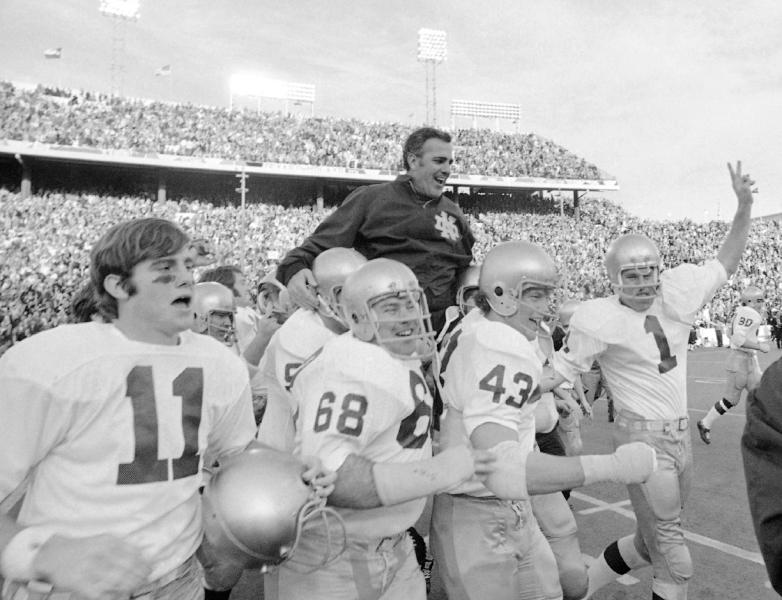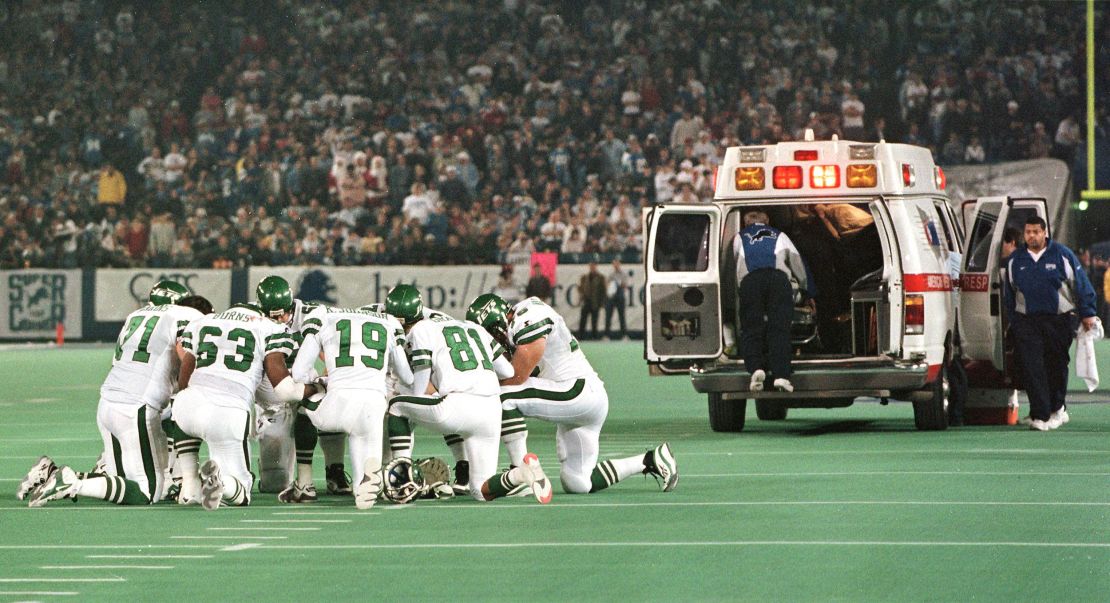Introduction

American football isn’t just a sport; it’s a cultural phenomenon that has captured the hearts of millions. From Friday night lights at high school stadiums to the grandeur of the Super Bowl, football is woven into the fabric of American life. It brings communities together, ignites fierce rivalries, and creates lifelong memories for fans and players alike. With its strategic depth, physical intensity, and dramatic flair, American football stands as one of the most popular and beloved sports in the United States.
Brief Overview of American Football’s Popularity and Significance
The popularity of American football is unparalleled in the United States. The NFL (National Football League) is the most lucrative and watched professional sports league in the country, boasting millions of viewers each season. Super Bowl Sunday has become an unofficial national holiday, with over 100 million Americans tuning in annually to watch the championship game. College football also plays a crucial role, with traditions and pageantry that rival the professional game. Teams like the Alabama Crimson Tide and Ohio State Buckeyes are revered by their loyal fanbases, turning Saturday games into epic events.
Football’s significance goes beyond entertainment. It’s a powerful economic engine, generating billions of dollars in revenue from ticket sales, merchandise, and broadcasting rights. The sport also promotes community engagement and social cohesion, with local high school games often serving as major social events. Additionally, football has become a platform for addressing social issues, with players and teams increasingly using their influence to advocate for change.
Introduction to the Historical Roots and Evolution of the Sport

The origins of American football can be traced back to the late 19th century, evolving from various forms of rugby and soccer played in American colleges. The first recognized intercollegiate football game took place on November 6, 1869, between Rutgers and Princeton, setting the stage for the sport’s development. Initially, the game was a chaotic blend of soccer and rugby rules, but it soon began to take on a distinct identity.
One of the most influential figures in shaping American football was Walter Camp, often referred to as the “Father of American Football.” Camp introduced critical innovations such as the line of scrimmage, the snap from center to quarterback, and the system of downs. These changes not only differentiated American football from its rugby roots but also added a layer of strategy and complexity that would define the game.
As the sport grew in popularity, it spread beyond college campuses to high schools and professional leagues. The formation of the NFL in 1920 marked the beginning of organized professional football, paving the way for the modern game we know today. Over the decades, American football has continued to evolve, incorporating technological advancements, improving player safety, and expanding its reach globally.
Early Beginnings
Ancient Ball Games as Predecessors: Harpastum (Roman), Mob Football (Medieval Europe)

The origins of American football can be traced back to a variety of ancient and medieval ball games. One of the earliest influences was the Roman game of Harpastum, a rough-and-tumble sport that involved teams trying to keep a small ball on their side of a marked field. The game was as much about brute strength as it was about strategy, laying a foundational ethos that would resonate through the centuries.
Fast forward to medieval Europe, and you encounter Mob football, a chaotic and often violent game played between neighboring towns and villages. The objective was simple: move a ball to a designated spot, often miles away, by any means necessary. The game had few rules and was notorious for its brutality, yet it was immensely popular and played during festivals and celebrations. These ancient and medieval games were the precursors to modern football, instilling a sense of competitive spirit and community rivalry that persists today.
Influence of Rugby and Soccer in Early 19th Century America
As the 19th century progressed, the chaotic nature of these early games began to evolve into more organized forms of sport. In England, rugby and soccer (football) emerged as two distinct sports with formalized rules. Rugby, with its emphasis on carrying the ball and physical contact, and soccer, focusing on kicking the ball into a goal, both played pivotal roles in shaping American football.
When these sports crossed the Atlantic and landed in American colleges in the mid-1800s, they sparked the imagination of students eager for competitive activities. Initially, college football games resembled a hybrid of rugby and soccer, with rules varying significantly between institutions. The famous 1869 game between Rutgers and Princeton, often cited as the first intercollegiate football match, reflected this blend of influences, more closely resembling a soccer match than what we recognize as football today.
The gradual codification of rules and the influence of prominent figures like Walter Camp steered American football toward its own unique identity, incorporating elements from both rugby and soccer while introducing innovations that defined the sport. The blend of these influences created a game that was uniquely American, characterized by its strategic depth, physical intensity, and growing popularity.
The Birth of a New Sport
The Pivotal Moment: The 1869 Rutgers vs. Princeton Game

The dawn of American football can be pinpointed to a single, pivotal moment: the 1869 game between Rutgers and Princeton. This historic match, played on November 6, 1869, in New Brunswick, New Jersey, is widely regarded as the first intercollegiate football game in the United States. The game was quite different from what we see today; it more closely resembled soccer, with players primarily using their feet to move the ball.
The contest ended with Rutgers emerging victorious, defeating Princeton 6-4. This game set the stage for the development of a uniquely American sport, sparking enthusiasm and setting a precedent for intercollegiate competitions across the nation.
Early Rules and Gameplay: Differences from Modern Football
In the early days of American football, the rules were a far cry from the standardized regulations we have today. The 1869 Rutgers vs. Princeton game was played with 25 players on each team, and the objective was to kick the ball into the opponent’s goal. Carrying or throwing the ball was not permitted, making the gameplay more akin to soccer.
As the sport evolved, several key innovations were introduced. Walter Camp, known as the “Father of American Football,” played a crucial role in developing the sport’s rules. He introduced the concept of the line of scrimmage, the snap from center to quarterback, and the system of downs, fundamentally changing the way the game was played. These innovations not only distinguished American football from its rugby roots but also added strategic depth and structure, transforming it into the sport we recognize today.
The Role of Colleges and Universities in Popularizing the Game
Colleges and universities were instrumental in the early growth and popularization of American football. Following the Rutgers vs. Princeton game, other institutions quickly adopted the sport, leading to the formation of regional leagues and annual competitions.
The Intercollegiate Football Association (IFA) was established in 1876, standardizing rules and organizing regular matches. College football games became major social events, drawing large crowds and fostering intense rivalries. Schools like Yale, Harvard, and Princeton emerged as early powerhouses, contributing to the sport’s rapid growth and popularity.
The influence of colleges extended beyond gameplay. Universities played a key role in shaping football culture, establishing traditions, and creating a sense of community and school spirit around the sport. This collegiate enthusiasm laid the foundation for football’s expansion into high schools and professional leagues, ensuring its place as a cornerstone of American sports culture.
To learn more about the early development of American football, check out these sources:
Key Figures in Development
Walter Camp: The “Father of American Football”
Walter Camp is often hailed as the “Father of American Football” for his pivotal role in transforming the sport from a chaotic melee into a structured and strategic game. As a player and coach at Yale, Camp was instrumental in defining the rules and framework that distinguished American football from its rugby roots.
Camp introduced several key innovations that have become fundamental to the game. One of his most significant contributions was the line of scrimmage, which established a clear separation between the offensive and defensive teams before the start of each play. This concept introduced a new level of strategy and organization to the sport.
Another major innovation by Camp was the snap from the center to the quarterback, replacing the chaotic scrums used in rugby to put the ball into play. This change allowed for more controlled and predictable starts to each play, enhancing both safety and strategic complexity.
Additionally, Camp developed the downs system, which gave teams a set number of attempts to advance the ball a specified distance. This system introduced a critical element of strategy, as teams had to balance risk and reward in their play calling. These innovations not only distinguished American football from rugby but also laid the foundation for the modern game.
Amos Alonzo Stagg: Contributions to Coaching and Strategy
While Walter Camp is celebrated for his rule-making, Amos Alonzo Stagg is revered for his pioneering contributions to coaching and strategy. Stagg, a contemporary of Camp, played a crucial role in popularizing and advancing the sport through his innovative coaching techniques and tactical innovations.
Stagg’s coaching career began at Springfield College and later flourished at the University of Chicago, where he transformed the Maroons into a powerhouse. He was a master tactician, introducing the use of the huddle to discuss plays in secret and the shift, a precursor to modern motion offenses.
Stagg’s influence extended beyond the field. He emphasized the importance of physical fitness, sportsmanship, and academic excellence, shaping the culture of college football. His commitment to innovation is evident in the numerous strategies and plays he developed, many of which are still in use today.
For more insights into these key figures, explore the following resources:
Formalization and Growth
Formation of the Intercollegiate Football Association (IFA)
In 1876, the formalization of American football took a significant leap forward with the formation of the Intercollegiate Football Association (IFA). This organization was established by representatives from Harvard, Yale, Princeton, and Columbia, aiming to standardize the rules of the game across colleges. The IFA’s creation marked the beginning of a more organized and regulated approach to college football, ensuring that teams followed a unified set of rules, which was crucial for the sport’s growth and legitimacy.
Evolution of Rules: Introduction of the Forward Pass and Other Key Changes
As American football continued to evolve, significant rule changes were introduced to enhance the game’s complexity and appeal. One of the most transformative changes was the introduction of the forward pass, which was officially legalized in 1906. This innovation revolutionized the game by allowing teams to advance the ball through the air, adding a new dimension of strategy and excitement. The forward pass also contributed to higher scoring games, increasing the average points per game and making the sport more thrilling for fans.
Other key rule changes during these years included the reduction of the number of players on the field from 25 to 11, the establishment of a standard playing field size, and the introduction of the four-down system, which replaced the earlier three-down system. These changes helped shape the modern structure of American football, making it more strategic and viewer-friendly.
The Impact of Safety Concerns and Rule Modifications

Safety has always been a critical concern in American football, especially given the sport’s physical nature. In the early 20th century, numerous injuries and fatalities prompted calls for reform. President Theodore Roosevelt, a football enthusiast, intervened in 1905, urging colleges to address the sport’s dangers. As a result, significant rule modifications were implemented to improve player safety.
One of the key changes was the legalization of the forward pass, which helped reduce the frequency of dangerous mass formations and pile-ups. Additionally, the introduction of protective gear, such as helmets and padding, became mandatory. These changes were crucial in reducing injuries and ensuring the sport’s survival.
The emphasis on safety continued to shape the sport’s evolution, with ongoing adjustments to rules and equipment standards. The establishment of the Rose Bowl game in 1902, the first college football bowl game, further popularized the sport and showcased the effectiveness of these safety reforms. Today, safety remains a top priority, with continuous advancements in equipment technology and rule enforcement to protect players.
For more on the evolution of American football rules and safety measures, visit these sources:
Professional Football’s Rise
The Transition from College to Professional Leagues
As American football gained popularity at the collegiate level, the demand for organized professional play grew. In the late 19th and early 20th centuries, college football’s immense popularity laid the groundwork for the sport’s professionalization. Star players who had made names for themselves in college, such as Jim Thorpe and Red Grange, began to attract attention beyond the college arena, drawing large crowds and media interest.
In response to this growing interest, professional teams began to form, initially in an ad hoc manner. These early professional teams were often loosely organized, with players frequently switching teams. The lack of standardized rules and consistent scheduling posed challenges, but the increasing enthusiasm for the sport indicated a bright future for professional football.
The Formation of the National Football League (NFL) in 1920
The formalization of professional football took a significant step forward with the formation of the National Football League (NFL) in 1920. Originally known as the American Professional Football Association (APFA), the league was established in Canton, Ohio, with representatives from ten teams. In 1922, the league adopted the name National Football League, solidifying its identity and setting the stage for the professional sport’s growth.
The NFL’s creation brought much-needed organization and stability to professional football. It introduced standardized rules, regular schedules, and a formal championship, which helped legitimize the sport and attract a dedicated fan base. The league’s formation marked the beginning of a new era for American football, one that would see it evolve into a major professional sport.
Early Stars and Iconic Teams
The early years of the NFL were marked by the emergence of star players and iconic teams that captured the public’s imagination. Jim Thorpe, considered one of the greatest athletes of all time, was one of the NFL’s first big stars. His versatility and athletic prowess made him a household name and helped draw attention to the fledgling league.
Another early star was Red Grange, known as “The Galloping Ghost.” Grange’s decision to join the Chicago Bears in 1925 brought unprecedented attention to professional football. His remarkable performances on the field and his ability to attract large crowds were instrumental in popularizing the NFL.
Iconic teams also began to establish themselves during this period. The Green Bay Packers, founded in 1919, quickly became one of the league’s most successful and beloved franchises. The Packers, with their storied history and passionate fan base, exemplified the spirit of professional football.
The Chicago Bears, another early powerhouse, were known for their tough, physical style of play and their dominant performances in the league’s early years. These teams and players laid the foundation for the NFL’s growth and success, setting the stage for the league to become a central part of American sports culture.
To learn more about the early years of the NFL and its key figures, visit these sources: